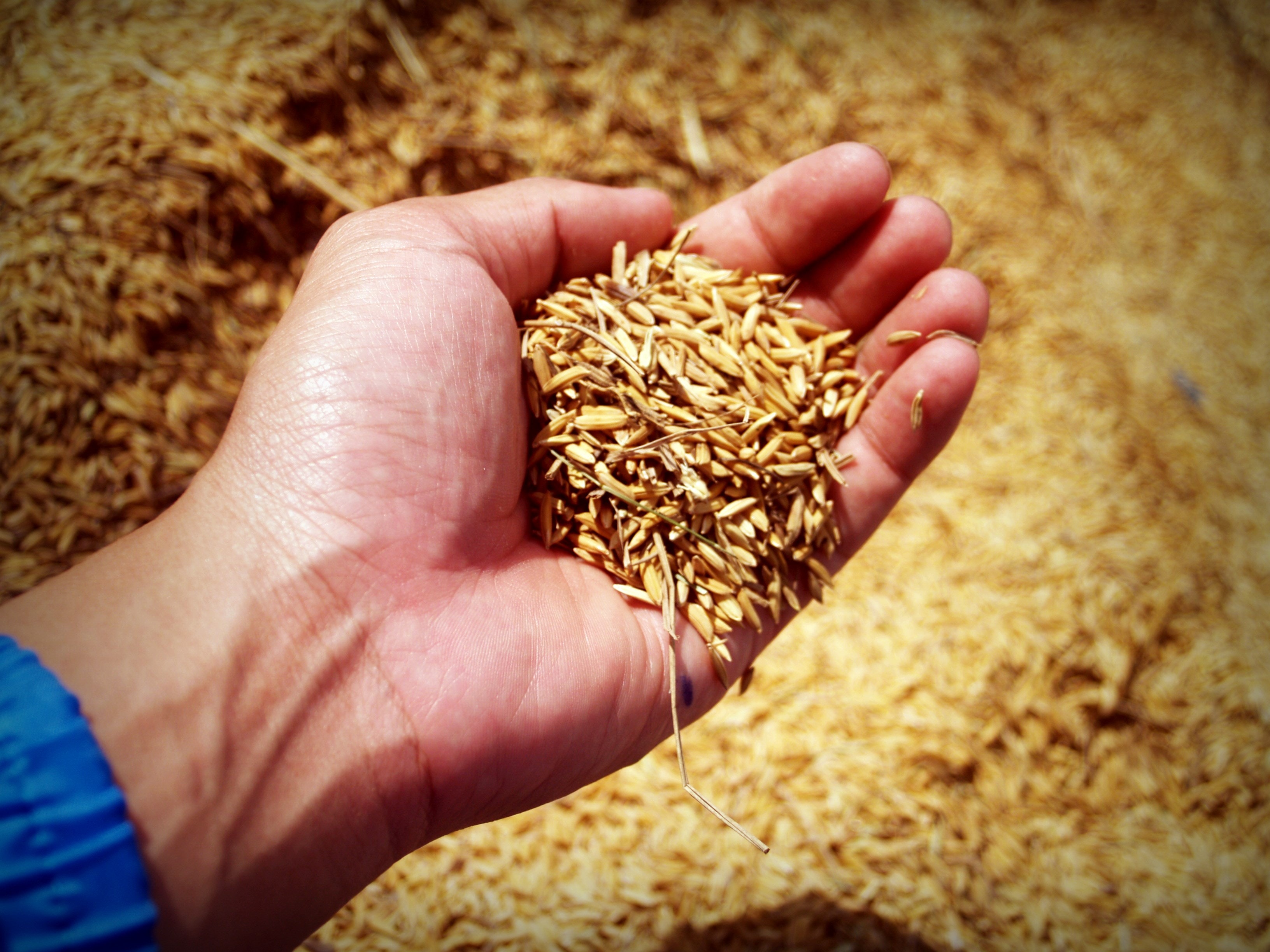Trace Minerals: The key to Immunity for Farm Animals
Immune Function: The purpose of the immune system is to render harmless a foreign agent which may be a bacteria, protozoan, virus or non-infectious entity such as a chemical or toxin. The immune system uses several methods to detoxify these foreign agents or antigens. Trace mineral requirements are mainly determined by animal growth or reproductive response and not by the ability of the immune system to respond to a challenge. There is increasing evidence that the trace minerals required for healthy animals are often below what is required for animals experiencing an immunological challenge.
Copper: Copper level in the diet has been shown to affect the resistance of sheep to bacterial infections. Resistance to internal parasites is also compromised with copper deficiency.
It is widely recognized that feeder cattle from copper-deficient areas are less responsive to vaccinations for diseases associated with shipping fever compared to cattle that have had adequate copper. Diets that are high in molybdenum and sulphur can compromise the copper status of cattle by forming insoluble complexes in the rumen. Copper-deficient cattle are at greater risk for infection than cattle that received copper supplements.
Iron: Iron is an interesting trace element in that either a deficiency or an excess can compromise the immune system. It is documented that serum iron falls early in response to bacterial and viral infections and rebounds quickly with recovery. Anaemic animals are much more susceptible to infections than those with adequate iron. Once the infection is established, iron supplementation has been shown to increase the bactericidal activity of the liver and spleen. These and other data in broilers show that once the infection has occurred, increased supplemental iron enhances the immune system in destroying the invading organism.
Selenium:
Selenium is recognized as an immune stimulant in pigs, poultry and ruminants. Selenium and vitamin E are often supplemented because they play similar physiological roles. However, recent research has shown that their effects are additive when measured as an immune response in pigs. The role of vitamin E is also important in that a high intake of selenium without adequate vitamin E does not reduce mastitis.
Chromium:
Chromium is most beneficial in high-stress periods. Shipping stress, for example, will often impair the immune system and make animals more susceptible to invading pathogens. Stress often causes increased glucose mobilization, which increases the mobilization of chromium from body stores. Chromium supplementation may enhance resistance to mastitis in dairy cows. Glucocorticoids, which include cortisol, are known to suppress the immune system.
Salt as a trace mineral carrier
Trace minerals act as keys which unlock the ability of the immune system to ward off invaders. To maximize immune functions, these trace minerals must be provided regularly. Because many trace mineral compounds are unpalatable in pure form, providing a delivery method that ensures the proper intake regularly is essential. A well-fortified trace mineralized salt has proven to be the safest, most effective delivery method. Proper trace mineral supplementation will not eliminate disease, but it will allow the animal’s immune system to respond with peak efficiency to minimize the risk of significant economic losses.
Vitamin synthesis:
The rumen microorganisms manufacture all of the B vitamins and vitamin K. Vitamin synthesis in the rumen is sufficient for growth and maintenance. Under most conditions, cattle with functioning rumens do not require supplemental B vitamins or vitamin K in the diet. Niacin (B3) and thiamine (B1) may be needed under stress conditions.
Fat digestion:
Most of the digestion and absorption of fat occurs in the small intestine. Rumen microorganisms change unsaturated fatty acids to saturated acids through the addition of hydrogen molecules. Thus, more saturated fat is absorbed by cows than by simple-stomach animals. Feeding large quantities of unsaturated fatty acids can be toxic to rumen bacteria, depress fibre digestion, and lower rumen pH.
Find more information in the Books of the Author: Success in Agribusiness
Farm Animal (Cattle) Nutrition
Feeding Systems of Farm Animals
Protein Supplements in Animal Feed
Livestock Feed selection – Evaluation of Feed Ingredients
Management of an intensive (Zero) Grazing System
Trace Minerals: The key to Immunity for Farm Animals
Dairy Cow Nutrition on different Lactation Cycles
Training Livestock Farmers for Sustainability and Food Security









































































